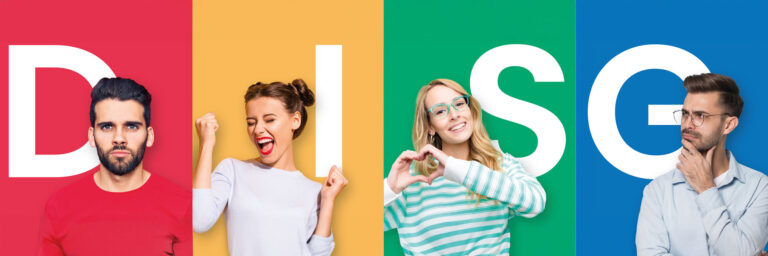Knowing how individuals learn is crucial for the success of educational measures. In the literature, we often encounter the terms learning types and learning styles.
But what is the difference and what does this mean for modern learning?
What are Learning Types?
When learners learn faster or slower, it often has nothing to do with intelligence, but with different learning types.
In research, the learning type is associated with the primary sensory organs used. In addition to eyes and ears, this also includes the sense of smell, taste, and touch. The learning material enters our memory through the involved sense organs. Since the individual sense organs are differently developed in each person, different learning types can be described. Based on the sense organs (visual, auditory, olfactory, gustatory, and tactile organs) involved in learning, literature often speaks of visual, auditory, communicative, and motor learning types.
However, this categorization is also criticized in science. This is because there is no real learning concept behind it. In the video, Learning expert Renate Wittmann explains, why it doesn’t help people to sort them into these categories and what helps them to understand their own way of learning instead:
What are Learning Styles?
With the description of learning styles, learning psychology differentiates between different learning abilities. These are based on different elements of learning typology such as the emotional prerequisites for learning, motivation through content, the design of learning environments, the ability to take self-responsibility, the possibility to question learning content, etc.
The concepts of learning styles are based on the premise that learners fundamentally have all perceptual and sensory channels available for receiving information. However, throughout life, people develop preferences and strengths for certain perception and processing channels. Today, over 80 different learning style models can be found in the literature.
Implications for Teaching
The orientation of teaching towards the individual and their needs developed only during the last century. Educational institutions today compete with each other and need unique selling points to secure their existence. Learners are no longer viewed merely as recipients of learning content but much more as customers. Knowledge about learning, learning types, or teaching and learning styles supports learners and educators alike in considering questions such as:
- What are my preferred learning patterns?
- In what environment does learning take place?
- What are the preferred techniques and strategies?
- What cognitive patterns are used?
Crucial for successful learning is dealing with one’s own learning patterns and implementing one’s own learning strategies in daily life. Considering personal teaching and learning styles is already an expression of recognizing individuality and the self-responsibility of learners. Inventories such as the persolog® Strategy Planner for Learning and Personality help with positioning and support the definition of further development and advancement goals.
If you want to learn more about the 4 Paths to Enhanced Learning Competence, we recommend the webinar with the authors Debora Karsch and Renate Wittmann. You’ll learn how to become the architect of your own development and how to utilize the 4 Paths to Enhanced Learning Competence as a source for your success.



